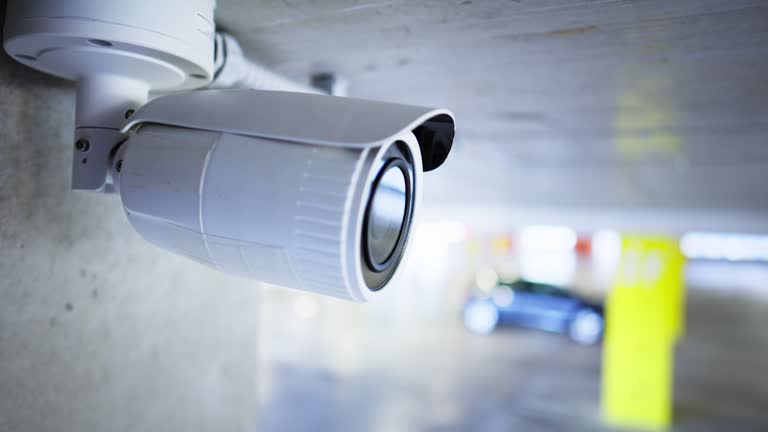Why Security Logs Are Essential for Modern Cybersecurity

In today’s digital world, security logs are one of the most powerful tools for detecting, investigating, and preventing cyber threats. They record events across networks, applications, and devices, providing valuable insights into system activity. Whether you’re running a small business or managing enterprise-level IT infrastructure, security logs play a critical role in keeping data safe and ensuring compliance with industry regulations.
What Are Security Logs?
Security logs are records automatically generated by software, hardware, and network devices to track activities, changes, and access attempts. These logs can contain information about:
- User login and logout activity
- Failed authentication attempts
- Changes in system configuration
- Network traffic patterns
- Application errors and alerts
By storing these details, organizations can review activity histories, identify anomalies, and respond quickly to potential threats.
Why Security Logs Are Important
1. Threat Detection
Security logs help detect unauthorized access attempts, malware infections, and suspicious activities. For example, repeated failed logins from a foreign IP address can signal a brute-force attack.
2. Incident Response
When a breach occurs, security logs act like a digital trail, helping forensic teams understand the scope of the attack, how it happened, and what needs to be fixed.
3. Regulatory Compliance
Industries like healthcare, finance, and e-commerce often require organizations to maintain and review logs to meet compliance standards such as GDPR, HIPAA, and PCI-DSS.
Types of Security Logs
- Authentication Logs: Track user access and login attempts.
- Firewall Logs: Show blocked or allowed traffic patterns.
- System Event Logs: Record operating system changes, updates, and errors.
- Application Logs: Monitor how applications are used and identify possible vulnerabilities.
How to Manage Security Logs Effectively
Centralized Log Management
Instead of storing logs on individual devices, centralizing them in a Security Information and Event Management (SIEM) system allows for easier monitoring and analysis.
Log Parsing for Insights
Large amounts of log data can be overwhelming. Parsing tools help extract key details, making it faster to identify security threats.
Automated Alerts
Setting up automated alerts ensures that suspicious activities are flagged instantly, allowing faster responses to potential breaches.
Best Practices for Security Log Management
- Store logs securely to prevent tampering.
- Retain logs for the recommended time based on industry standards.
- Conduct regular reviews and audits.
- Limit access to authorized personnel only.
Final Thoughts
Security logs are not just routine records—they are an essential part of a strong cybersecurity defense. They give IT teams the visibility needed to detect threats early, investigate incidents thoroughly, and stay compliant with regulations. In an era where cyberattacks are increasingly sophisticated, having a robust logging strategy is no longer optional—it’s critical for business survival.



